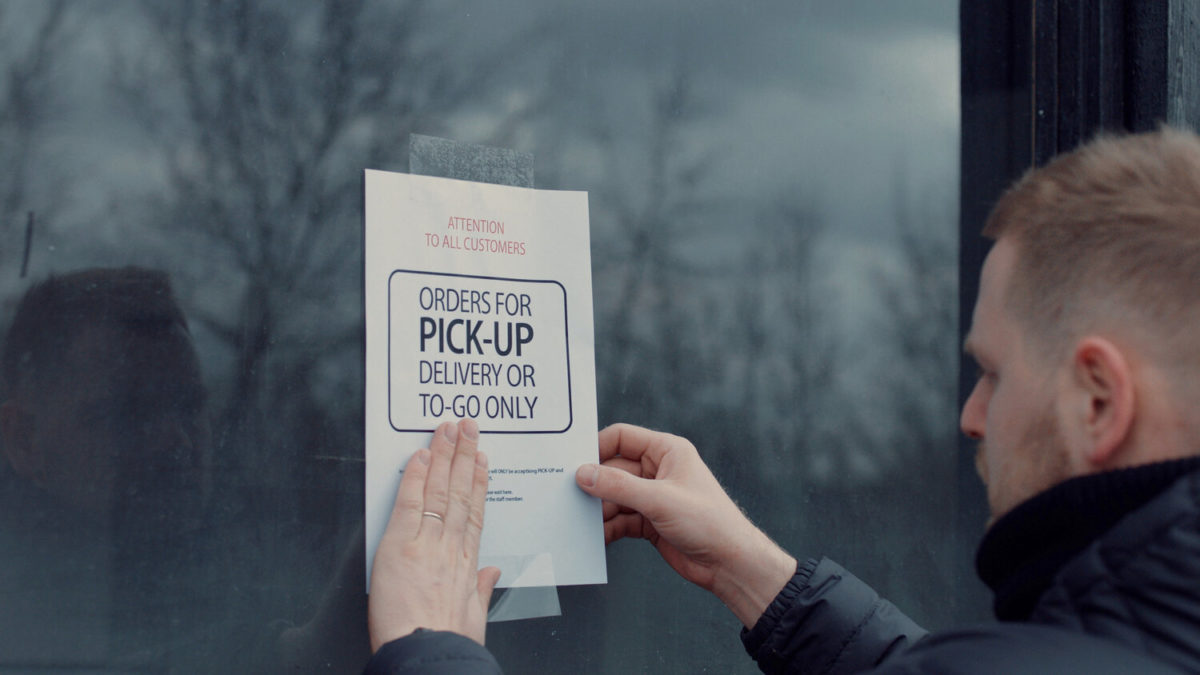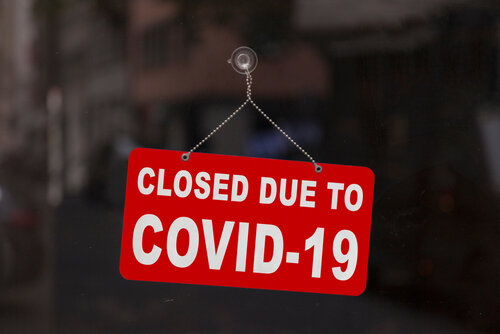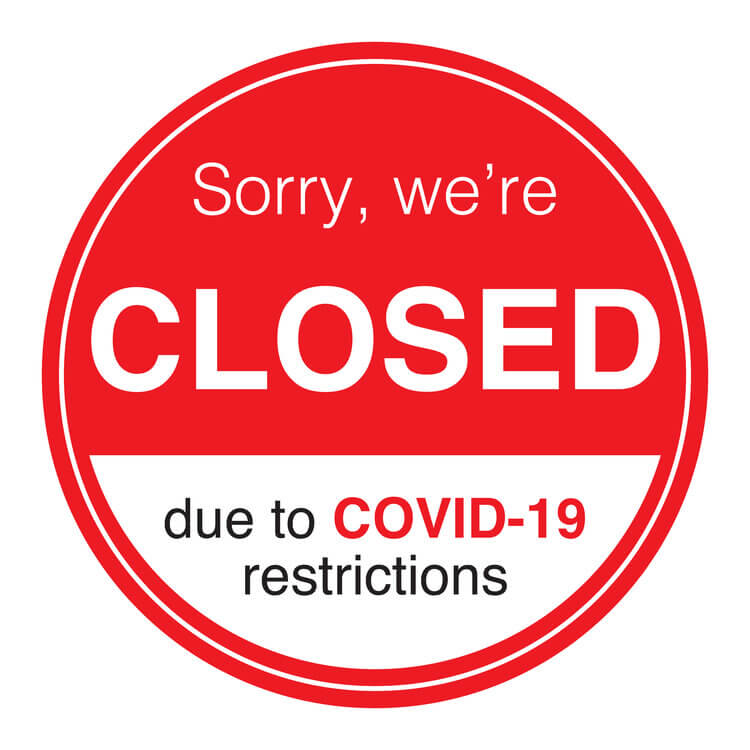
What a time we are living in – who could have imagined a few short months ago that much of the country would be shut down and most Americans would be sequestered at home with no clear end in sight? It’s an unprecedented time, and a time for all of us to come together for the common good – and that means making sacrifices to protect the most vulnerable among us.

With that thought in mind, it’s worth asking the question – who are the most vulnerable among us?
We have all heard that older people, and those with underlying medical conditions (such as high blood pressure, diabetes, asthma and obesity) are at most risk for the most severe cases of COVID-19. A recent article in Politico broke the issue down further.
According to the article, African Americans and lower income groups are contracting – and passing along – the disease at higher-than-expected rates. This increases the volume of cases, which puts a strain on medical resources and increases the risk for everyone in society.
A separate article at statnews.com says that while African Americans make up 15% of the population in Illinois, they account for 29% of cases and 41% of deaths from COVID-19 in that state. In Michigan, African Americans make up 14% of the population but account for 34% of cases and 40% of deaths. There are several reasons cited for the disproportionate number of cases in the groups described, ranging from general health trends, to racial biases that may affect the type and quality of care afforded different demographics.
One factor making certain groups more vulnerable is the fact the underlying medical conditions that make COVID-19 cases more severe are more common in minority and socially/economically disadvantaged groups. High blood pressure, obesity, diabetes and other health conditions are found in higher numbers, and at younger ages, in racial and ethnic minorities and among lower income groups.
Another factor is the inability to practice social distancing. In many cases, lower income and minority groups live in apartments and other multi-unit housing, take public transportation, and have essential jobs in transportation, food service, and other jobs that aren’t available for telework.
The Politico article suggests several steps that can be taken to address the problem of the spread of coronavirus and Covid-19 among lower income and minority groups. Some of the items mentioned are using emergency funds to convert hotels and dorms to temporary housing to quarantine symptomatic individuals; suspend evictions and foreclosures on government-backed mortgages; expand food assistance programs; promote sick leave and other healthcare benefits; and support education.
These would be ambitious and costly undertakings, but when we consider the cost of doing nothing, namely the increasing volume and severity of cases, the necessity of taking affirmative steps to protect more vulnerable groups is obvious – and beneficial for society at large.



